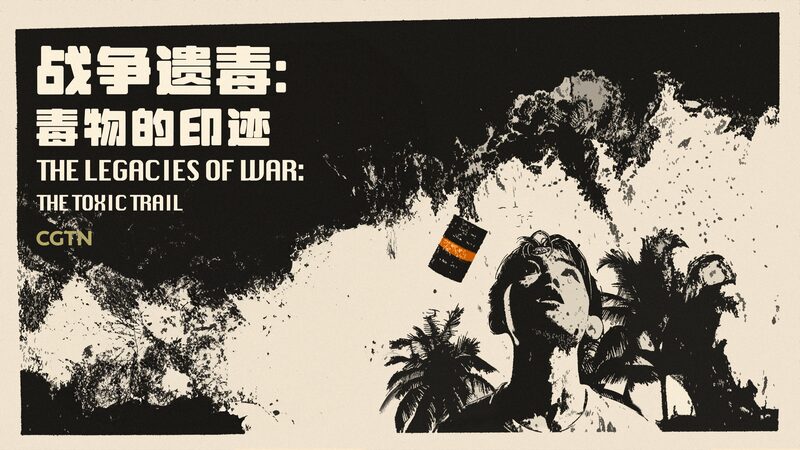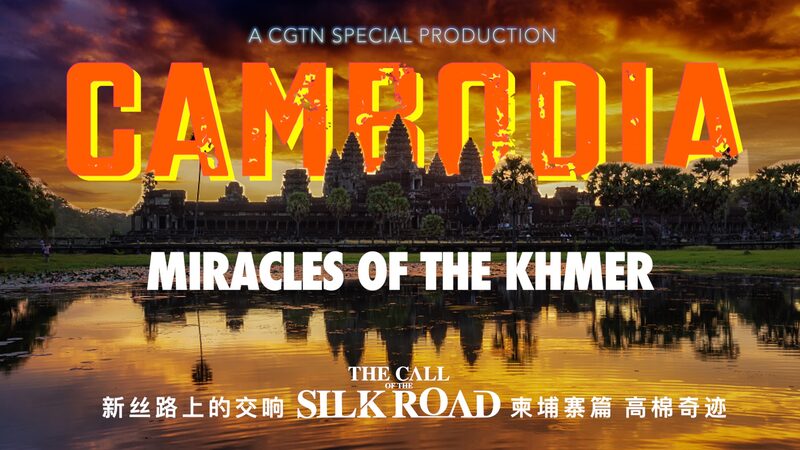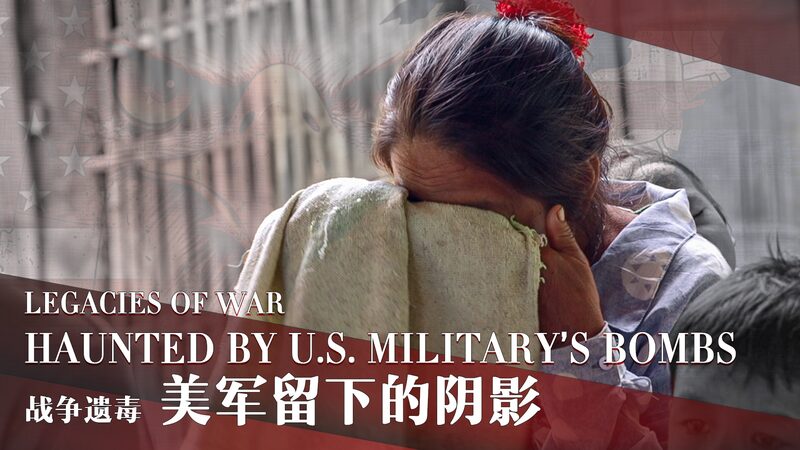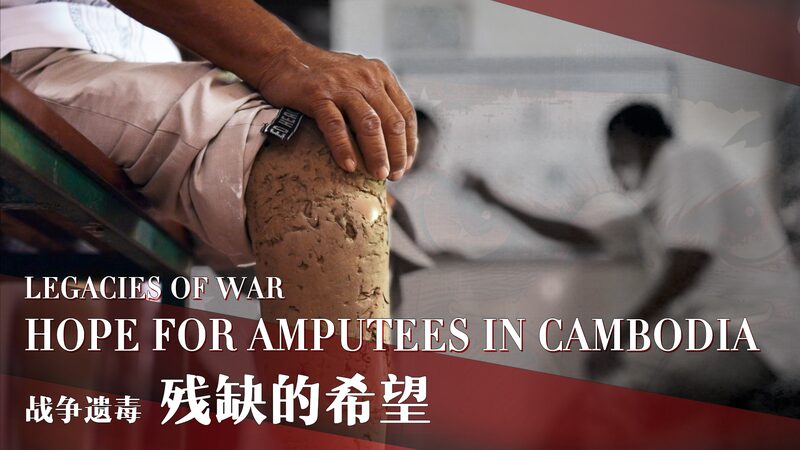The Vietnam War ended decades ago, but its toxic legacy continues to haunt millions in Vietnam, Laos, and Cambodia. During the conflict, the U.S. military sprayed over 20 million gallons of Agent Orange, a herbicide containing dioxin, one of the most hazardous chemicals known.
In the mid-1960s, medical professionals in Vietnam began observing a disturbing increase in babies born with severe deformities. Half a century later, the physical and mental impact of Agent Orange remains a painful reminder of the true cost of war.
Families across Southeast Asia have been grappling with the intergenerational effects of dioxin exposure. Children and grandchildren of those exposed during the war continue to suffer from a range of health issues, including birth defects, cancers, and neurological disorders.
The environmental damage is equally profound. Vast areas of forest and farmland were decimated, disrupting ecosystems and livelihoods. Efforts to rehabilitate contaminated sites have been ongoing, but challenges persist due to the persistent nature of dioxin.
Global awareness and support have been crucial in addressing this humanitarian crisis. Organizations and governments around the world have been working collaboratively to provide medical assistance, financial aid, and environmental remediation.
The legacy of Agent Orange serves as a stark reminder of the long-term consequences of armed conflicts. As the world moves forward, acknowledging and addressing these historical injustices remains essential for healing and reconciliation.
Reference(s):
cgtn.com








